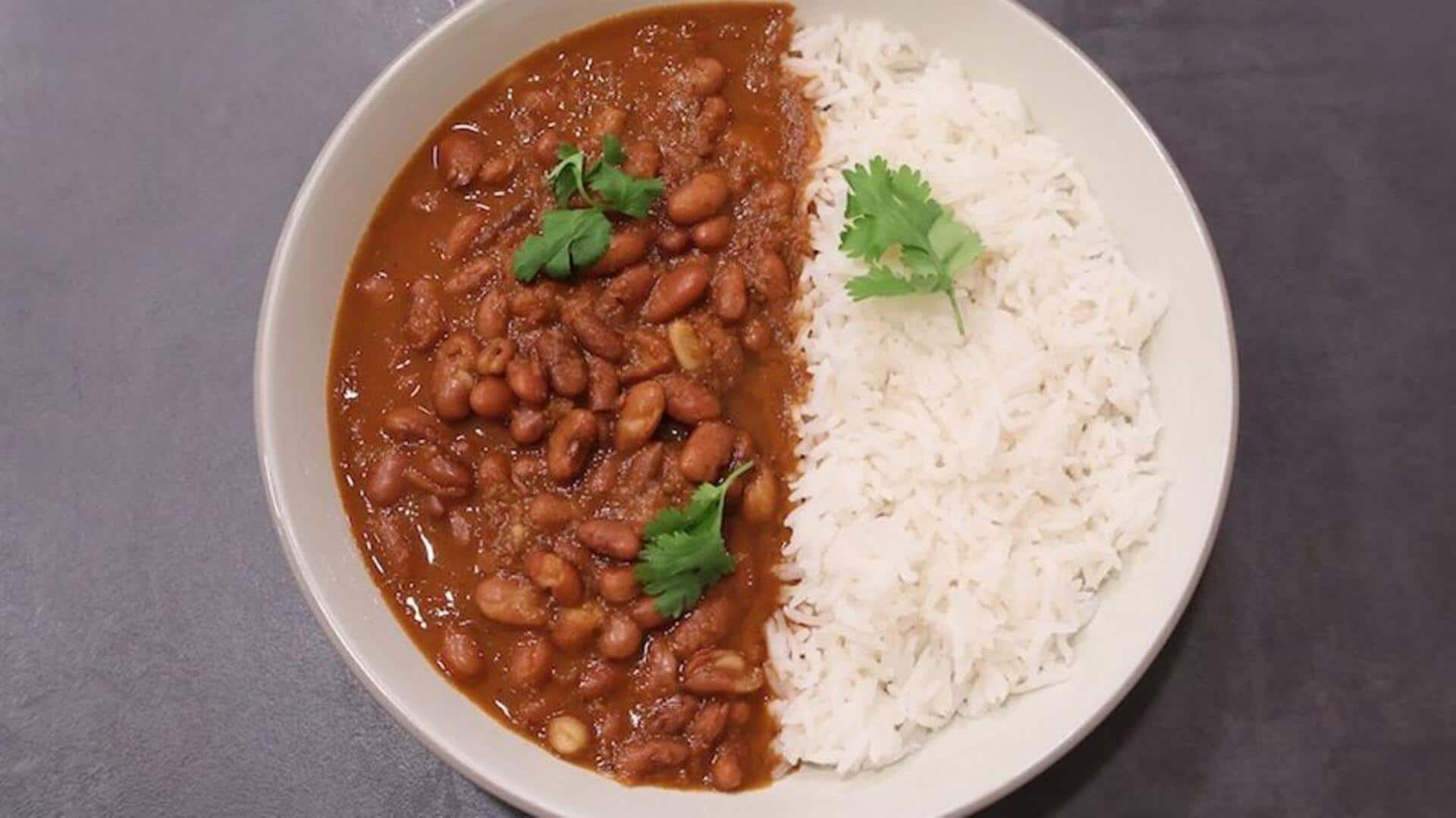
Rajma's journey: From farmhouse to urban kitchens
What's the story
A staple in most Indian homes, rajma has a fascinating history, dating back to the farms of South America. From there, it traversed continents to end up in kitchens around the world. From humble beginnings to a beloved dish, the journey is one of cultural exchanges and culinary innovations. Here's how rajma evolved to suit different tastes and preferences, yet stayed true to itself.
#1
Origins in South America
Rajma, or kidney beans, hails from the Andean region of South America. It was grown by indigenous people centuries before European explorers arrived. The beans were prized for their nutritional value and cooking versatility. As trade routes broadened, rajma traveled to different corners of the world, including India, where it became an inseparable part of local cuisine.
#2
Arrival in India
The introduction of rajma to India is credited to Portuguese traders who brought it along with other crops during their voyages. In India, rajma found a new home, thanks to its adaptability to local climates and soils. It quickly became a popular choice among farmers for its ease of cultivation and high yield potential. Over time, regional variations emerged as communities incorporated local spices and cooking techniques.
#3
Urban adaptation
In urban centers, rajma saw another transformation as it evolved with modern lifestyles and tastes. With health-consciousness on the rise, rajma became a hit for being protein- and fiber-rich and low on fats. Its adaptability allowed chefs and home-cooks to try their hands on various recipes, from traditional curries to modern salads.
#4
Economic impact on farmers
The demand for rajma has also translated into an economic goldmine for farmers growing it. As consumption surged across the globe, farmers enjoyed higher per-kilo rates as compared to other legumes such as lentils or chickpeas, which are sold for lesser than ₹100 or $1, respectively. This prompted greater agricultural investment into cultivating kidney beans, paving the path for better livelihoods in villages.